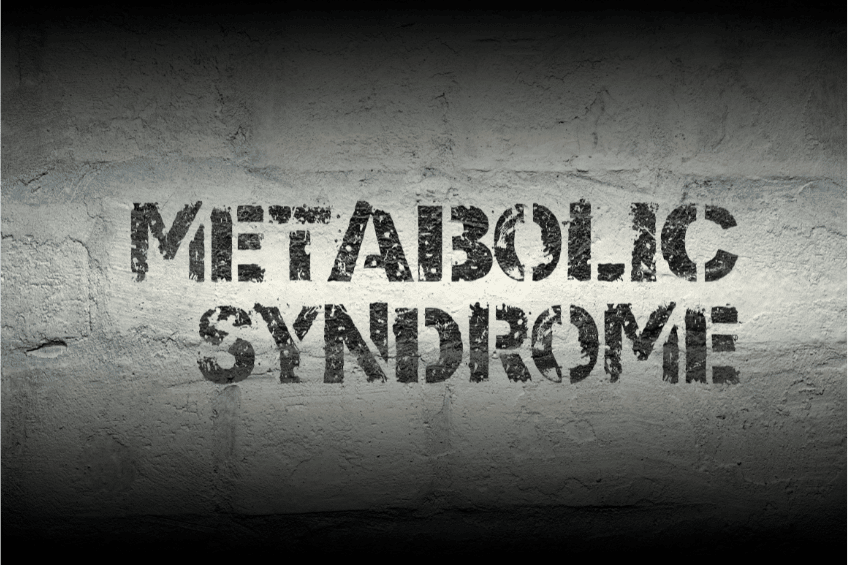Triglycerides and diabetes, the metabolic syndrome.
The metabolic syndrome, also called insulin resistance, is a condition in which the cells of your body are no longer able to normally respond to insulin. Insulin is a hormone produced by the pancreas that helps glucose and triglycerides get into cells to be used for energy. In insulin resistance, insulin no longer serves its purpose; glucose and triglycerides cannot permeate the cell membrane, and they start building up in the blood. The pancreas reacts by releasing more insulin, which is absolutely ineffective, because the cell membranes simply don’t respond. That’s where we end up with high blood sugar and triglyceride levels, and the resulting diabetes.
You are at risk of developing metabolic syndrome if you have the following:
-
- Triglyceride level over 180 mg/dL;
- HDL (“good cholesterol”) under 40 for men, and under 50 for women;
-
- A large waist circumference: over 35 inches (89 cm) in women and over 40 inches (101 cm) in men;
- High levels of fasting blood sugar: over 100 mg/dL;
- High blood pressure: over 130/85. [3]
